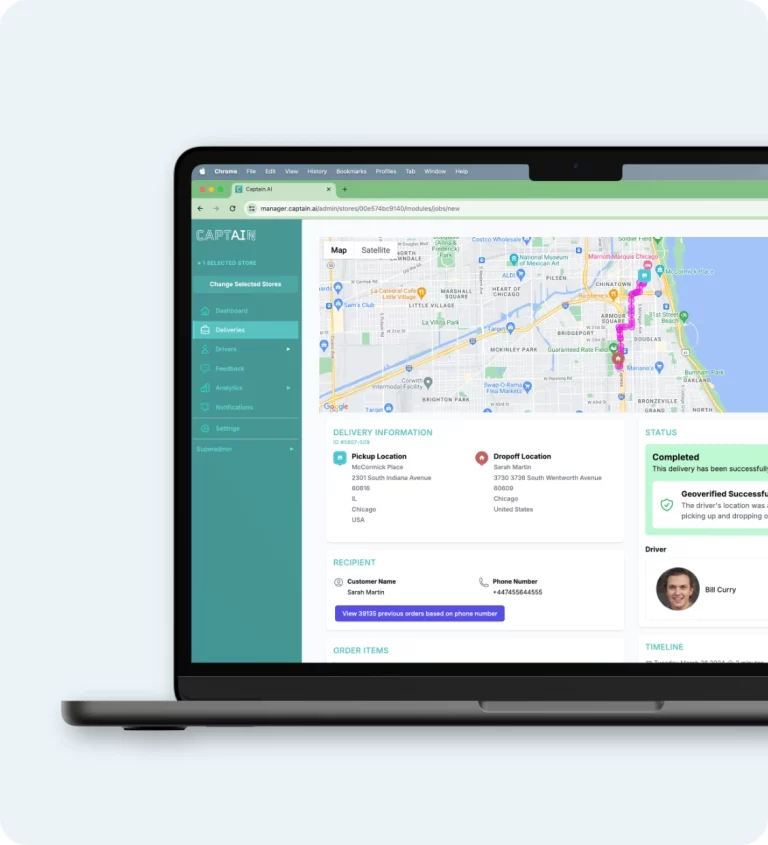Why you should be present and active on restaurant review sites
Unless you are running an internationally renowned restaurant that is constantly booked in advanced without you having to optimize your website, it is unlikely that you can do without specialist sites.
Why so? Quite simply because that’s where you will find not only your future customers, but also your ambassadors – those who will recommend you, leave an opinion, rate your establishment or post pictures of their meals. Obviously, third-party sites can also be a potential source of problems: negative opinions or untrustworthy opinions, high fees for certain services…
However, provided you effectively manage your presence on them, they are above all a means for being visible to an audience looking for places to eat out.
Which review sites are best?
Depending on your restaurant’s profile and location, TripAdvisor may suffice… but in most cases, you will also need to be listed on Yelp, and even TheFork to increase your bookings and/or your renown.
In practice, you can’t really afford to do without a profile on this type of portal. Otherwise, someone else is going to end up speaking out for you (and about you) without you being able to control your image and your offer. Take the time to fill in all the necessary deatils (making sure they correspond to the elements given on your online ordering site, your blog, your social media accounts and especially Google My Business), then keep a regular eye on what is posted there.
Best practices to make your presence a success
- These portals/review sites should be an extension of your website and your digital marketing strategy. But don’t sit back and rely on them to fill up your dining area and your bookings!
- Make the most of the possibilities brought to you by TripAdvisor, Yelp or TheFork to attract new customers before going on to win them over and encourage them to exchange with you directly (e.g. via a loyalty programme, subscription to your newsletter, liking your Facebook page or your Instagram account). Basically, the task of building long-term loyalty lies with you.
- Reply to opinions, both negative and positive. Always act professionally, even if people leave annoying comments. That way, you will reassure potential customers and come across as an involved restaurant owner who knows his or her business.
- Engage your existing customers and your fans in building your e-reputation on third-party sites and portals: their opinions will help to maintain a good reputation and improve your ranking.
Another important point, especially for TheFork, is knowing whether or not to offer a discount (-30%, -50%). This requires due consideration, as the benefit from the type of customer acquired can be virtually nil (or even negative) for you: how do you expect that customer to come back and pay twice as much for the same meal? The question is open. It might be better to consider targeted offers such as a free aperitif, or benefits that are determined more in terms of customer experience than purely financially…
Highlighting your website and your online ordering site
Depending on the options available on the review site, it is essential to add a link to your website and/or your online ordering site. This information is key, whether for generating qualified traffic, improving your search engine optimization or increasing your renown. Bear in mind that referring visitors to your ordering site can prove to be more effective than referring them to your homepage.
This is less straightforward for a portal like TripAdvisor. In sum, consider outside opportunities as an additional chance for attracting new customers rather than merely a source of notoriety and marketing.







